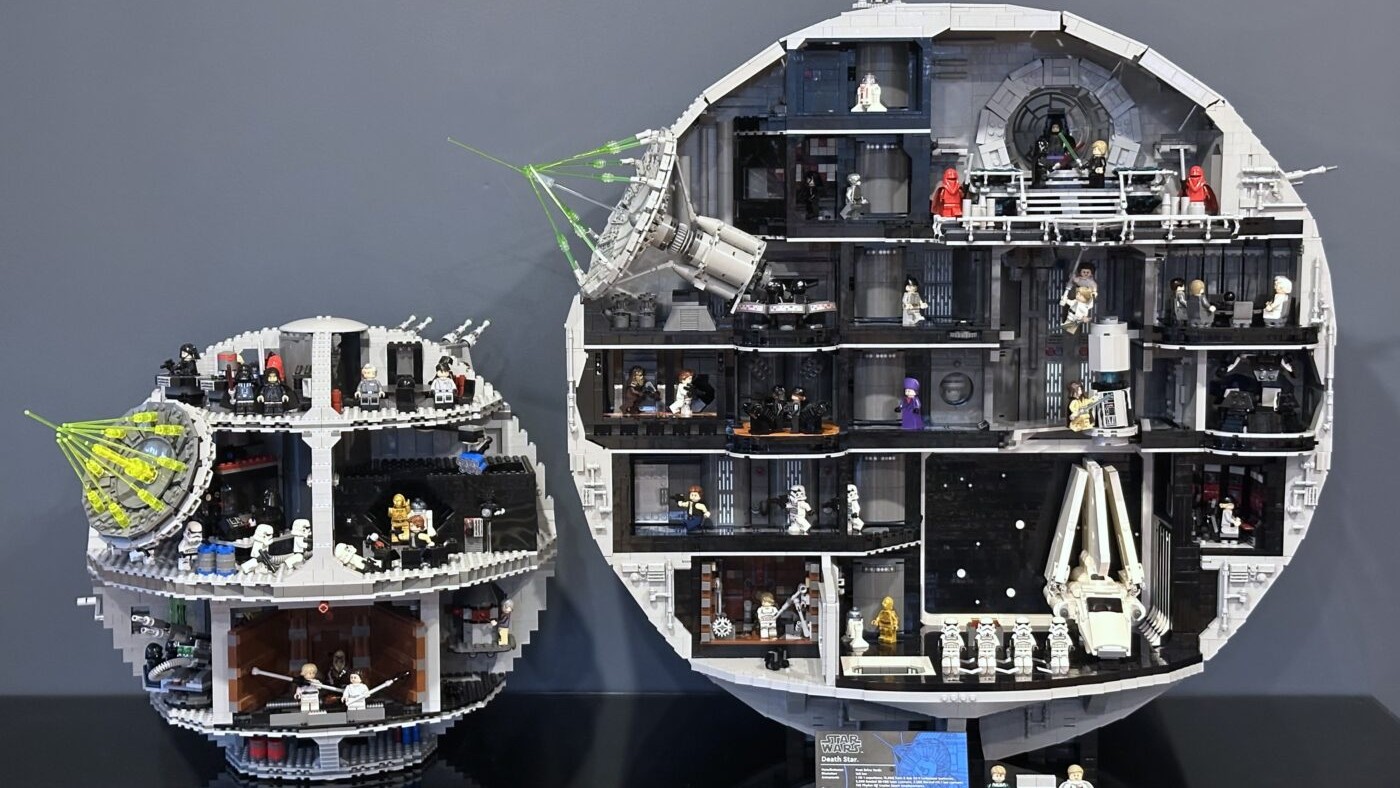
2025 LEGO Sets: The Best, Coolest, And Most Talked-About Releases
f you follow LEGO, 2025 was a big year. New licenses arrived, long-running themes leveled up, and we even got the priciest Star Wars model
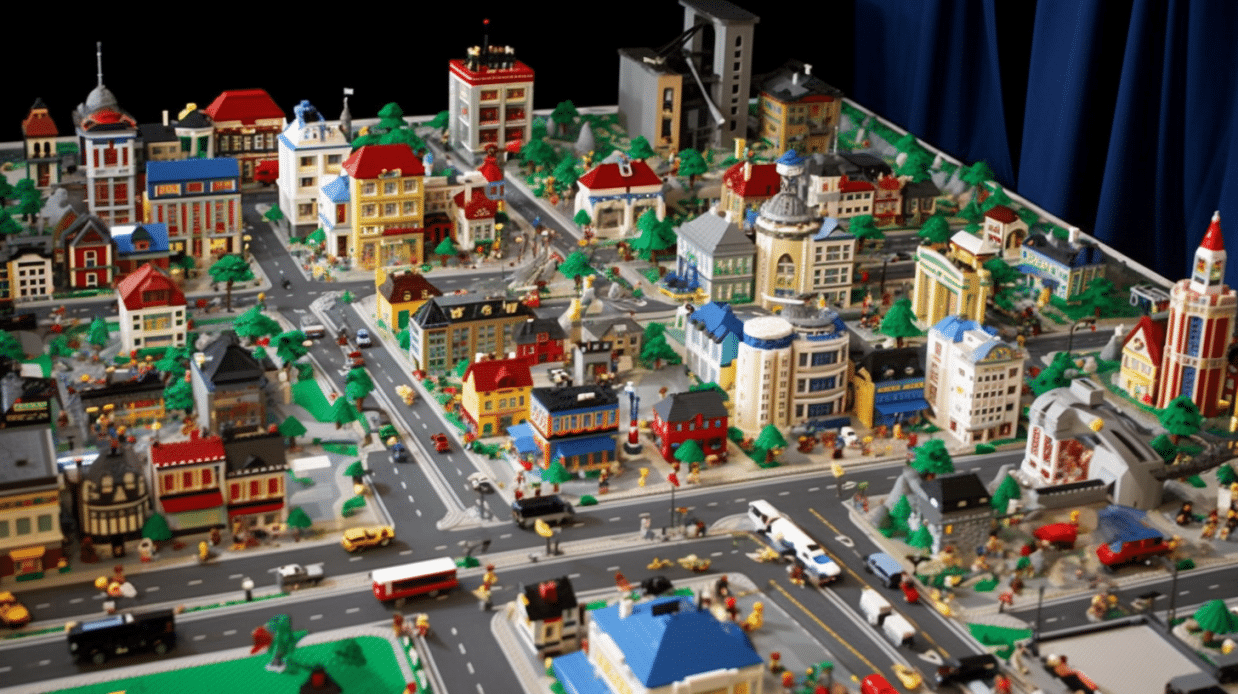
Are you a LEGO enthusiast looking to create your own bustling metropolis? Building a LEGO city can be a fun and rewarding project, but before you start piling bricks together, it’s important to consider some fundamental urban planning and design principles. In this article, we’ll explore some key concepts to keep in mind as you build your LEGO city.
One of the most important aspects of urban planning is zoning. Zoning determines what types of buildings can be built in different areas of a city. For example, residential buildings are typically located in one area, while commercial buildings are located in another. When building your LEGO city, think about how you want to zone it. Will you have a downtown area with skyscrapers, or will your city be more spread out with a mix of commercial and residential buildings?
Transportation is another critical aspect of urban planning. A well-designed transportation system can help reduce traffic congestion and make it easier for people to get around. As you build your LEGO city, consider how people will move around. Will you have a subway system, bus routes, or bike lanes? You can even create your own LEGO vehicles to add to the mix.
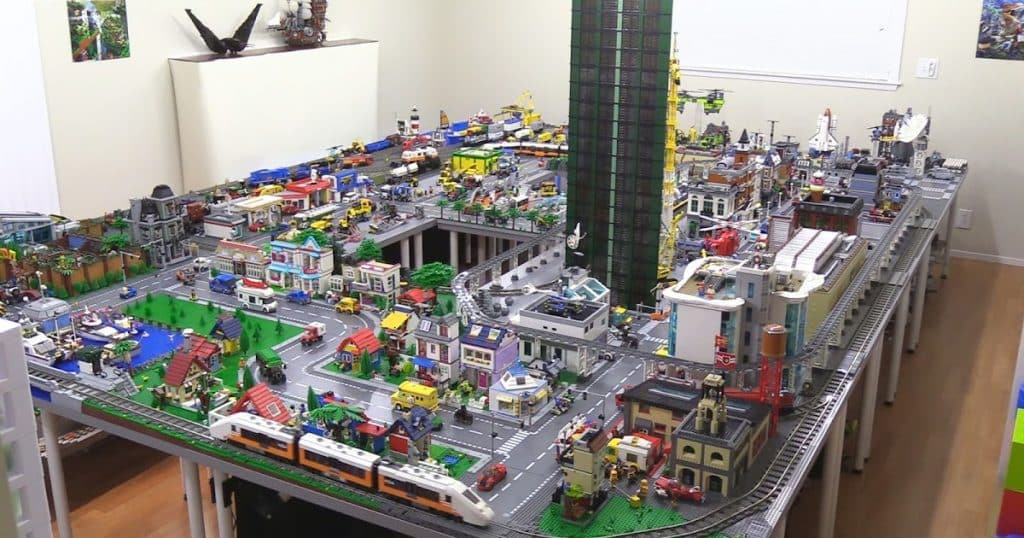
Green space is an essential component of any city. Parks, gardens, and other natural areas provide a space for people to relax and enjoy nature. As you build your LEGO city, don’t forget to include some green space. You can create parks, playgrounds, and even a botanical garden.
Scale is crucial when designing a LEGO city. You want to make sure that all of your buildings and vehicles are proportional to each other. The size of your LEGO people should also be consistent. This will help make your city look more realistic.
Infrastructure includes all of the systems and facilities that are necessary for a city to function. This includes things like roads, water and sewer systems, and power grids. As you build your LEGO city, consider how you will create and connect these systems.
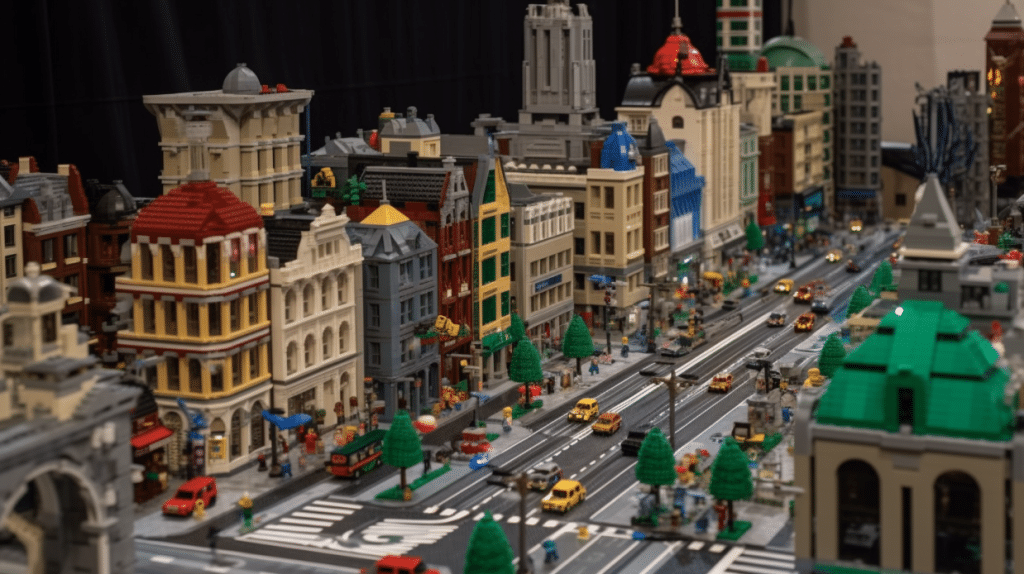
Finally, it’s important to think about diversity when building your LEGO city. A diverse city includes a variety of people, buildings, and cultures. Try to include a mix of different types of buildings and people in your LEGO city. This will help make it more interesting and realistic.
Proportions are an essential aspect of building a LEGO city that looks realistic. When building your city, make sure to use the correct proportion of bricks to create realistic-looking buildings. Using the correct scale for buildings and other structures will help them look more believable, and add to the overall realism of your city.
Lighting is another critical component of any city, and this holds true for your LEGO city too. Lighting can help set the mood and ambiance of your city, and it also plays a vital role in making your LEGO city look more realistic. Consider using LEGO light kits to illuminate your city and bring it to life.
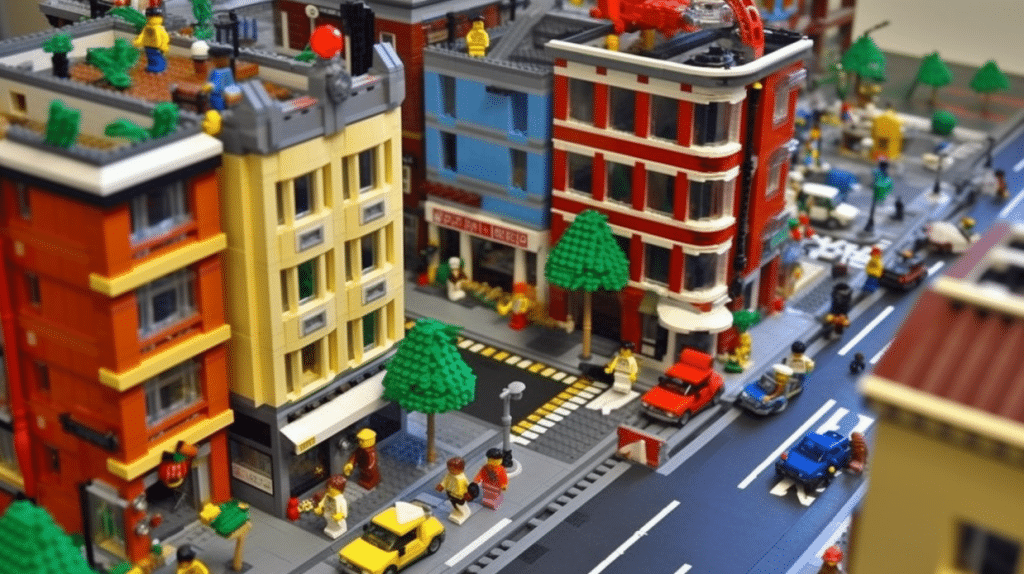
Finally, community spaces are another crucial aspect of any city. Community spaces like plazas, town squares, and marketplaces are places where people can gather, socialize and connect with one another. When building your LEGO city, think about creating some community spaces that can serve as gathering places for your LEGO people.
In conclusion, building a LEGO city is a fun and rewarding project that requires some basic urban planning and design principles. By considering zoning, transportation, green space, scale, infrastructure, diversity, proportions, lighting, neighborhoods, and community spaces, you can create a LEGO city that looks realistic and visually appealing. Remember, let your imagination run wild, and have fun creating your own LEGO metropolis!

f you follow LEGO, 2025 was a big year. New licenses arrived, long-running themes leveled up, and we even got the priciest Star Wars model

Silksong is a gorgeous, razor‑sharp Metroidvania that pushes hard and refuses to apologize. Hornet’s movement sings, the combat has bite, and Pharloom is a world

Collecting MTG cards vs collecting minifigures looks like two different worlds at first. Card sleeves and binders on one side. Studs and display cases on

Some people carry a lucky coin. Some keep a pebble from a good trip. More and more of us carry a tiny plastic friend. A